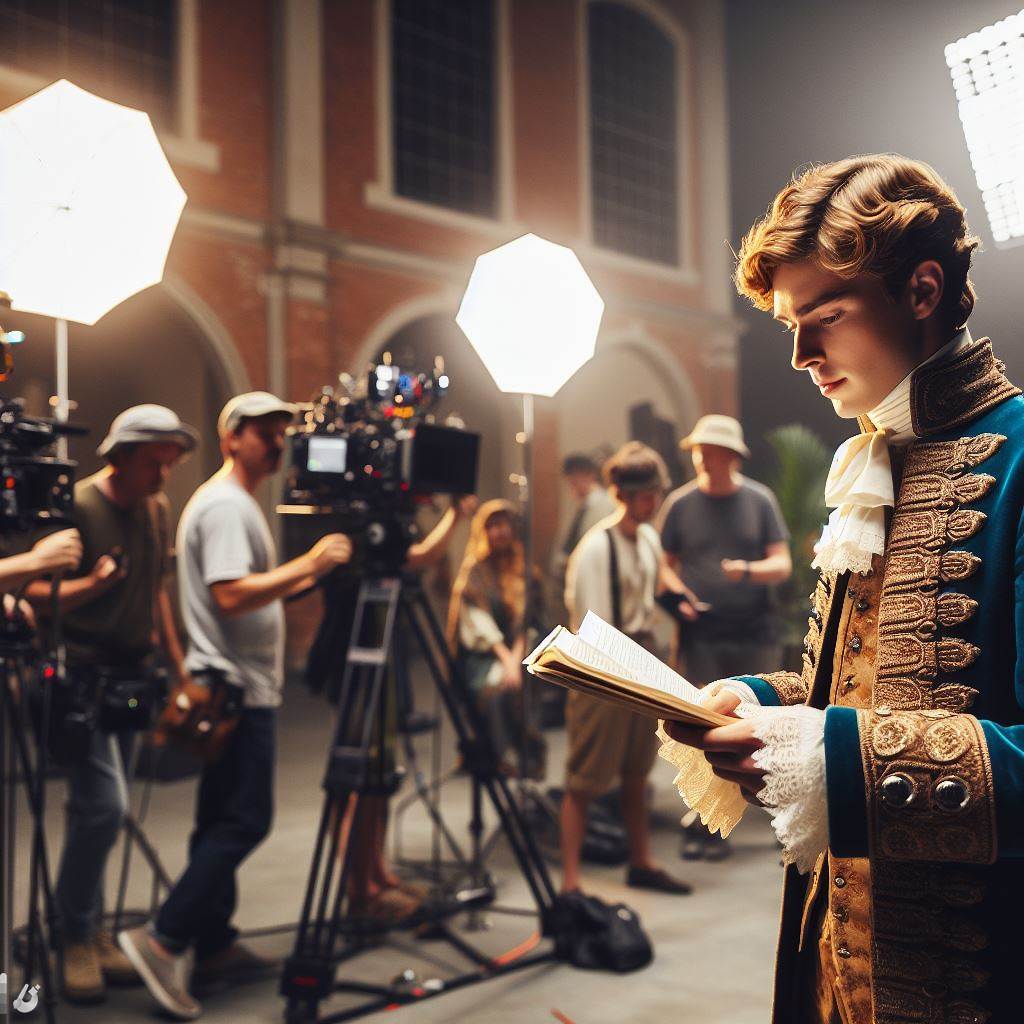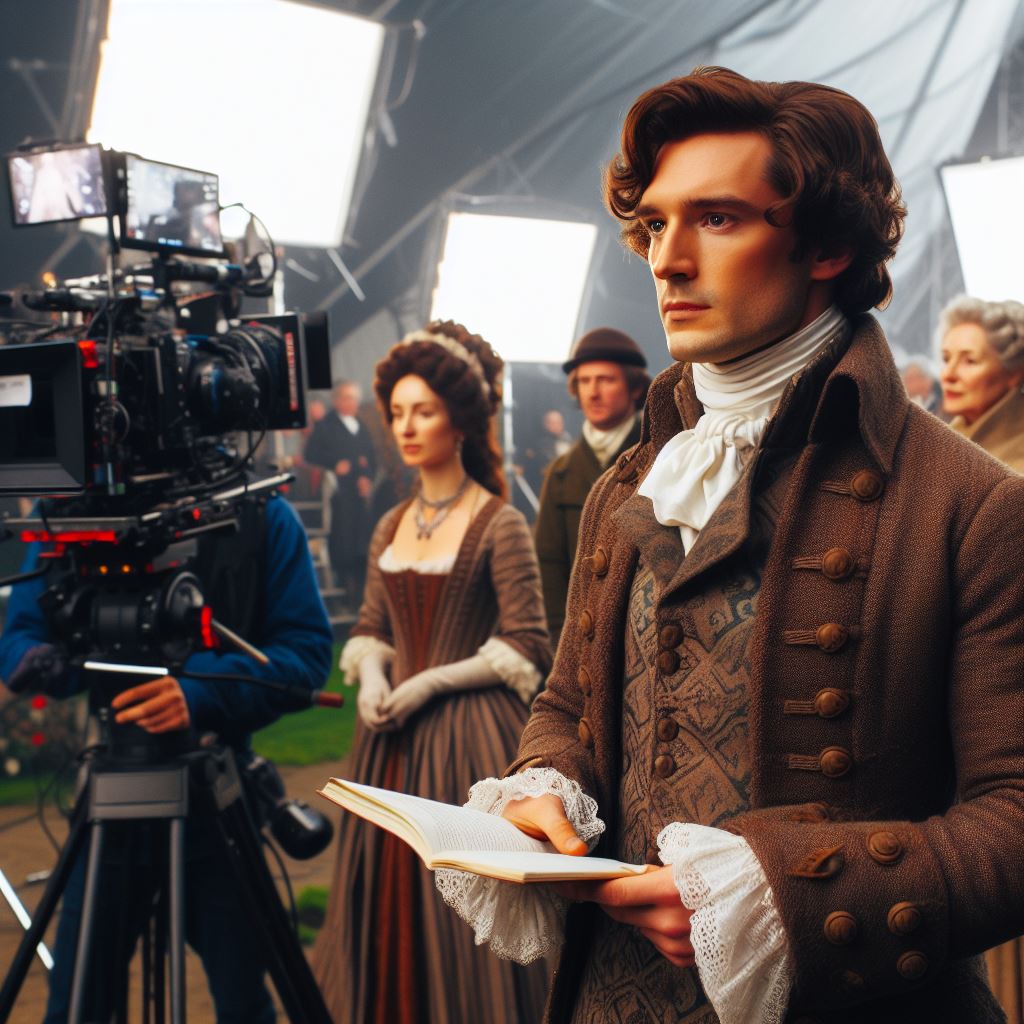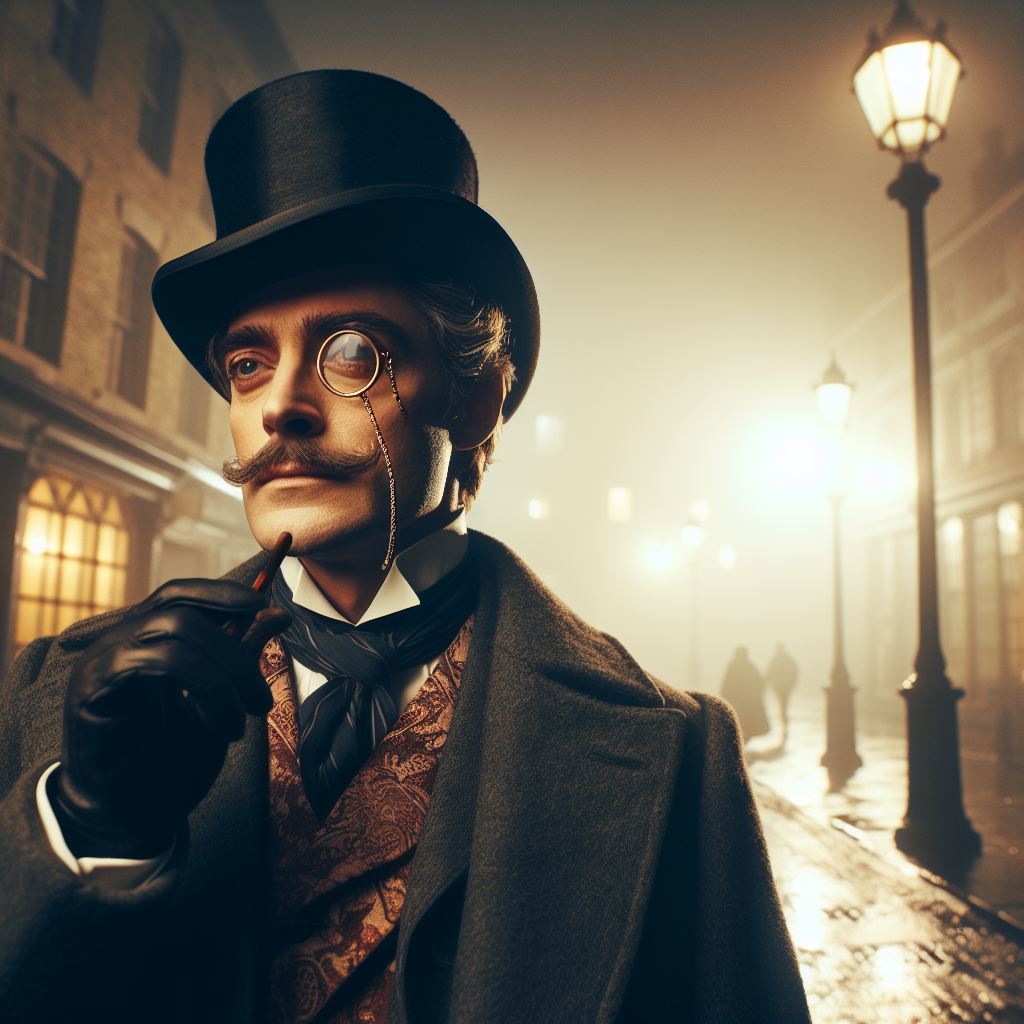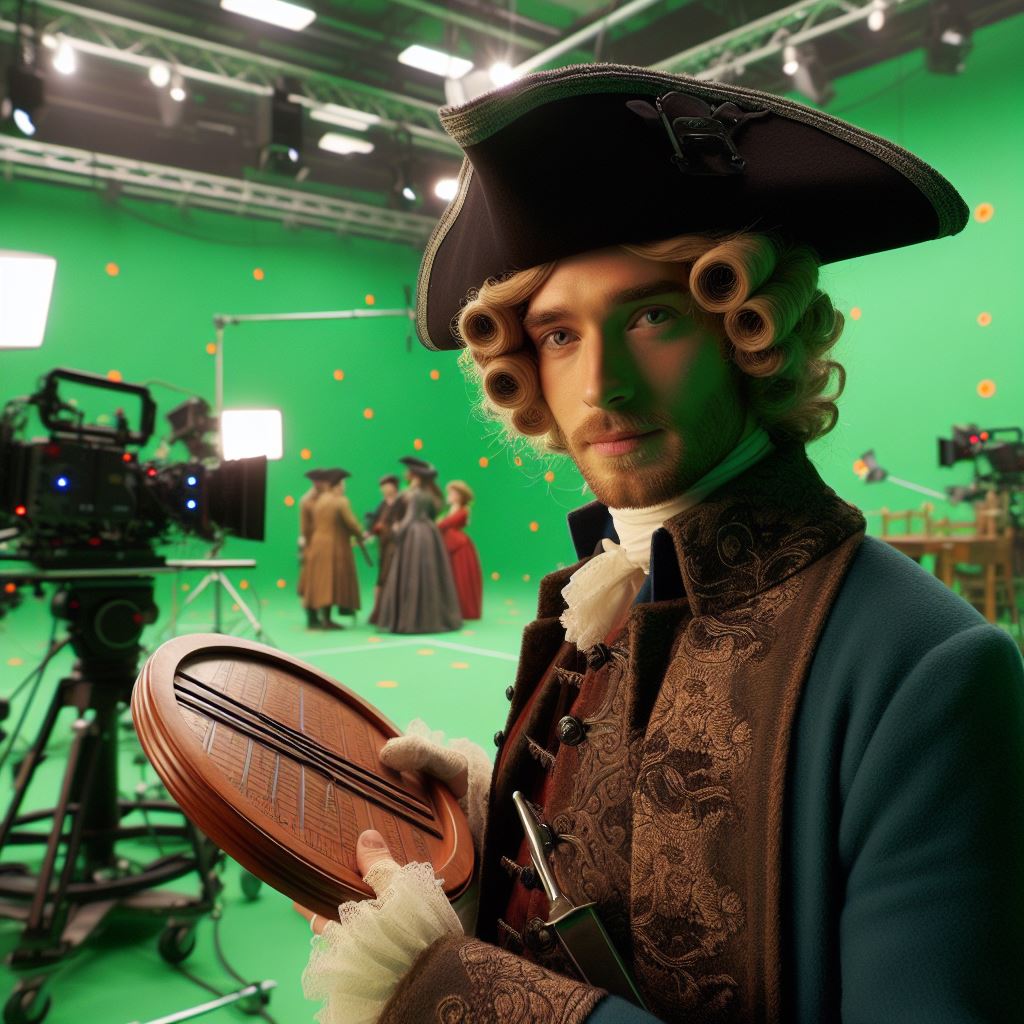Introduction
Brief overview of acting methods
Acting methods refer to the various techniques and approaches used by actors to represent characters convincingly on stage or screen.
These methods include Stanislavski’s system, Meisner technique, and Brecht’s epic theater, among others.
Each method provides actors with a different set of tools and principles to explore and develop their craft.
Importance of studying the evolution of acting methods in the UK
Studying the evolution of acting methods in the UK is crucial for actors and theater enthusiasts alike.
This historical perspective allows us to understand how different approaches emerged and influenced the development of the UK theater scene.
By examining these methods, we can gain insights into the creative processes of renowned British actors and the cultural shifts that have impacted the performing arts industry.
Moreover, understanding the evolution of acting methods in the UK provides a foundation for actors to hone their skills and expand their repertoire.
Studying the techniques employed by influential British actors throughout history allows contemporary artists to build upon their legacy and push the boundaries of theatrical expression.
Basically, analyzing the evolution of acting methods in the UK allows us to appreciate the rich heritage of British theater and provides valuable knowledge for those aspiring to succeed in the performing arts industry.
By delving into the past, we can better navigate the present and shape the future of acting in the UK.
Early Acting Methods in the UK
Shakespearean acting techniques
- Shakespearean acting techniques originated during the Renaissance in the UK.
- Actors were trained to speak in verse and deliver heightened emotions on stage.
- The focus was on the actor’s ability to convey the complexities of Shakespearean language.
- Gesture, movement, and vocal delivery played important roles in bringing characters to life.
- A key aspect of Shakespearean acting was the understanding and interpretation of the text.
Influence of the Restoration period on acting methods
- The Restoration period saw a shift towards more realistic acting styles.
- There was an emphasis on naturalism and portraying characters as they would be in real life.
- Actors started to develop more nuanced techniques, focusing on subtlety and psychological realism.
- This period also marked the rise of the actor-manager system, giving actors more creative control.
- It was during the Restoration period that women were allowed to act on stage for the first time.
Development of melodramatic acting styles in the Victorian era
- The Victorian era saw the emergence of melodramatic acting styles in the UK.
- Melodrama relied on exaggerated gestures and emotions to create dramatic effects.
- Actors were trained to convey larger-than-life characters that would evoke strong emotional responses.
- The emphasis was on spectacle and creating grand theatrical moments.
- Melodrama remained popular throughout the Victorian era, with its heightened emotions captivating audiences.
Generally, the early acting methods in the UK had a significant impact on the evolution of acting techniques.
Shakespearean acting techniques focused on the mastery of language and heightened emotions, while the Restoration period brought a shift towards naturalism and psychological realism.
The Victorian era then introduced melodramatic acting styles, creating larger-than-life characters and dramatic moments.
These different approaches to acting have shaped the UK’s rich theatrical history and continue to influence actors today.
Read: UK Theatre vs. Film: Actors’ Varied Skills
Personalized UK Career Consulting
Receive tailored career guidance designed just for you. Get actionable steps and expert support to boost your career in 1-3 days. Take control of your career now.
Get StartedThe Emergence of Naturalism
Influence of Konstantin Stanislavski’s System on British actors
- Konstantin Stanislavski’s acting techniques had a profound impact on British actors.
- Stanislavski emphasized the importance of psychological realism and deep emotional connection to characters.
- British actors admired Stanislavski’s attention to detail and dedication to creating believable performances.
- They started incorporating his system into their acting methods, leading to a shift towards naturalism.
- Exploring the psychological aspects of their characters allowed British actors to deliver more compelling and authentic performances.
Introduction of naturalistic acting techniques in the UK
- The introduction of naturalistic acting techniques in the UK was a turning point in British theater.
- These techniques focused on portraying life as it is, without romanticizing or exaggerating it.
- British actors embraced the idea of portraying characters with all their flaws and complexities.
- They aimed to capture the truth of human behavior through detailed observation and replication.
- Naturalistic acting allowed British actors to connect with audiences on a deeper level, creating more relatable and impactful performances.
Impact of realism on British theater and acting methods
- The influence of realism on British theater and acting methods cannot be overstated.
- Realism challenged the traditional, larger-than-life acting styles prevalent at the time.
- Actors started to focus on portraying authentic emotions and everyday experiences.
- British theater became a platform to explore social issues and address the realities of life.
- Realism encouraged a more nuanced approach to character development, leading to more nuanced and believable performances.
Essentially, the emergence of naturalism in the UK was heavily influenced by Konstantin Stanislavski’s system.
British actors adopted his techniques and integrated them into their own methods, resulting in a shift towards more authentic and relatable performances.
Naturalistic acting allowed British actors to explore the complexities of human behavior and capture the truth of everyday experiences.
This approach revolutionized British theater, making it a powerful tool for social commentary and reflection.
The impact of realism on acting methods ensured that performances became more nuanced and believable, connecting with audiences on a deeper level.
Read: How UK Actors Master Accents for Roles
The Method Acting Influence
Introduction of Method Acting in the UK
- The introduction of Method Acting in the UK can be traced back to the mid-20th century.
- It was a revolutionary approach to acting that emphasized realism and emotional authenticity.
- One of the key figures in introducing Method Acting to the UK was the American actor and director Lee Strasberg.
- Strasberg developed the method based on the teachings of Constantine Stanislavski.
- Method Acting required actors to tap into their own personal experiences to portray authentic emotions.
Influence of Lee Strasberg and Stella Adler on British actors
- Lee Strasberg’s teachings profoundly influenced British actors and transformed their approach to acting.
- His emphasis on emotional memory and sense memory techniques allowed actors to create more nuanced performances.
- Stella Adler, another prominent acting teacher, also had a significant impact on the British acting scene.
- Adler’s focus on imagination and the use of physical actions helped actors to fully embody their characters.
- British actors like Ian McKellen and Judi Dench studied with both Strasberg and Adler, incorporating their techniques into their craft.
Popularization and criticism of Method Acting in the UK
- Method Acting quickly gained popularity among actors in the UK, with many embracing its transformative approach.
- British theater and film saw a shift towards more emotionally-driven performances influenced by Method Acting.
- However, the method also faced criticism for being self-indulgent and sacrificing the text in favor of personal emotional exploration.
- Some argued that Method Acting led to a focus on individual performances rather than the overall storytelling.
- Despite the criticism, Method Acting had a lasting impact on the UK’s acting methods and paved the way for further experimentation.
In general, the introduction of Method Acting in the UK, spearheaded by Lee Strasberg and Stella Adler, revolutionized the acting scene.
British actors incorporated the techniques of emotional memory, sense memory, imagination, and physical actions into their craft.
This approach led to more authentic and emotionally-driven performances.
Although Method Acting faced criticism for its potential self-indulgence, it left a lasting impact on the UK’s acting industry, opening doors for further experimentation and exploration in the art of acting.
Read: Breaking into Film: UK Actors’ Early Steps
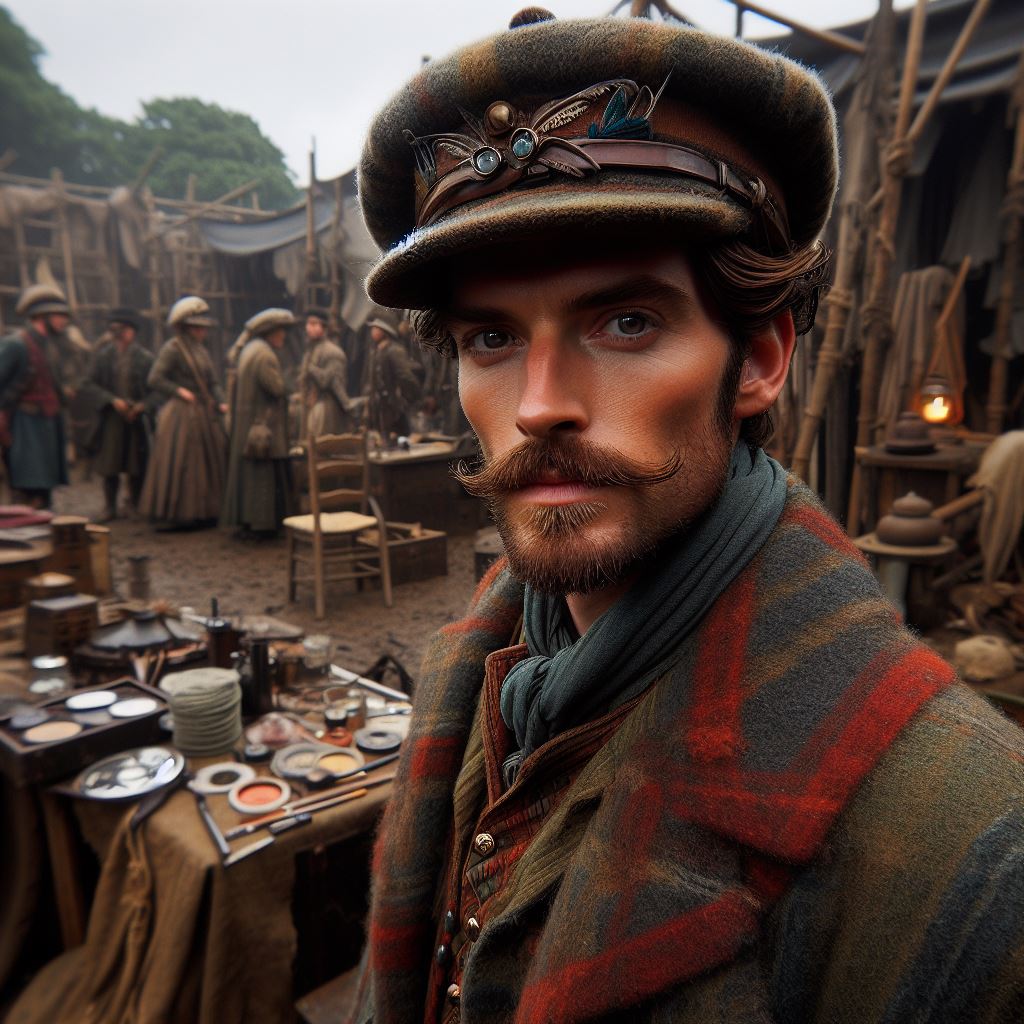
Contemporary Acting Techniques
In response to evolving societal norms, the UK has witnessed the development of new acting methods.
These techniques aim to address the changing demands and expectations of the audience and reflect the diversity of the modern world.
Development of new acting methods in response to evolving societal norms
- Method Acting: Inspired by Stanislavski’s system, Method Acting emphasizes emotional truth and requires actors to draw from personal experiences to authentically portray their characters.
- Meisner Technique: Developed by Sanford Meisner, this technique focuses on truthful and spontaneous reactions, placing a strong emphasis on listening and reacting in the moment.
- Viewpoints: Originally developed by Mary Overlie and expanded upon by Anne Bogart, Viewpoints explore the physicality of performance, utilizing concepts such as time, space, shape, and movement to create scenes and characters.
Physical-based acting techniques in the UK
- Lecoq Method: Derived from the teachings of French actor Jacques Lecoq, this technique emphasizes physicality, gesture, and the use of masks to enhance storytelling and character development.
- Physical Theatre: Characterized by the integration of movement, mime, and dance with spoken word, physical theatre explores the expressive potential of the body as a primary means of communication.
- Laban Movement Analysis: Developed by Rudolf Laban, this method examines the expressive qualities of human movement, offering actors a systematic approach to understanding and embodying different physical states and qualities.
Integration of traditional and contemporary approaches in British theater
- British theater has embraced the integration of traditional and contemporary acting techniques, recognizing the value of both in creating dynamic and engaging performances.
- Many actors and theater companies combine classical training with modern approaches, allowing for a versatile and well-rounded performing style.
- The blending of traditional and contemporary methods has led to groundbreaking productions that push the boundaries of theatrical storytelling.
- Actors are encouraged to draw from both classical and modern techniques, adapting their approach based on the specific demands of the role and the production.
In essence, contemporary acting techniques in the UK have evolved in response to changing societal norms, exploring new methods that emphasize emotional truth, physicality, and the integration of traditional and contemporary approaches.
Your Dream Job Starts with a Perfect CV
Get a tailored CV and cover letter that captures your unique strengths and stands out in your industry. Let us help you make an unforgettable first impression.
Get StartedThe diverse range of acting techniques available allows actors to delve deeper into character development and provides audiences with a captivating and authentic theatrical experience.
Read: The Real Life of UK Stage Actors Revealed
Conclusion
Evolution of Acting Methods in the UK
The idea of acting and theatre began in Ancient Greece.
It was customary at that time for generations to pass on mythical stories by word of mouth to their children.
This tradition gradually became a communal sharing and retelling of those stories.
When the Roman Empire took over from the Greeks, they also enjoyed the grand spectacle of the theatre.
The Romans also added musical scores to plays but phased out the traditional Greek chorus.
A revival in the interest of acting took place during the Italian Renaissance of the 16th Century when a form of theatre known as ‘Commedia dell’arte’ was born.
This style of acting focussed on the wearing of theatrical masks and presented the art of improvisation.
By the late 19th century, a noble gentlemen called Konstantin Sergeyevich Alexeyev was growing up in one of the richest families in Russia.
He was drawn towards the profession of acting, as his family had built a large theatre on their home estate.
Importance of Understanding Different Approaches to Acting
Different acting methods have different approaches to the craft.
Understanding these approaches can help actors develop their skills and improve their performances.
By studying different acting methods, actors can learn new techniques and approaches to the craft.
Optimize Your LinkedIn for Success
Boost your LinkedIn profile with a professional bio, keyword-rich headline, and strategic recommendations that attract recruiters. Stand out from the crowd and get noticed.
Optimize NowThis can help them become more versatile and adaptable performers.
Need for Actors to Continuously Adapt to New Techniques
The world of acting is constantly evolving, with new techniques and approaches emerging all the time.
Actors must be willing to adapt to these changes if they want to stay relevant.
By continuously learning and adapting to new techniques, actors can improve their skills and become more versatile performers.
In a nutshell, the evolution of acting methods in the UK has been a long and fascinating journey.
From the ancient Greeks to the emergence of Stanislavski, different methods have emerged over time, each with its own unique approach to the craft.
Understanding the different approaches to acting is important for actors who want to develop their skills and improve their performances.
Actors must be willing to continuously adapt to new techniques if they want to stay relevant in the ever-evolving world of acting.
[E-Book for Sale]
500 Cutting-Edge Tech Startup Ideas for 2024 & 2025: Innovate, Create, Dominate
$19.99 • 500 Tech Startup Ideas • 62 pages
You will get inspired with 500 innovative tech startup ideas for 2024 and 2025, complete with concise descriptions to help you kickstart your entrepreneurial journey in AI, Blockchain, IoT, Fintech, and AR/VR.

